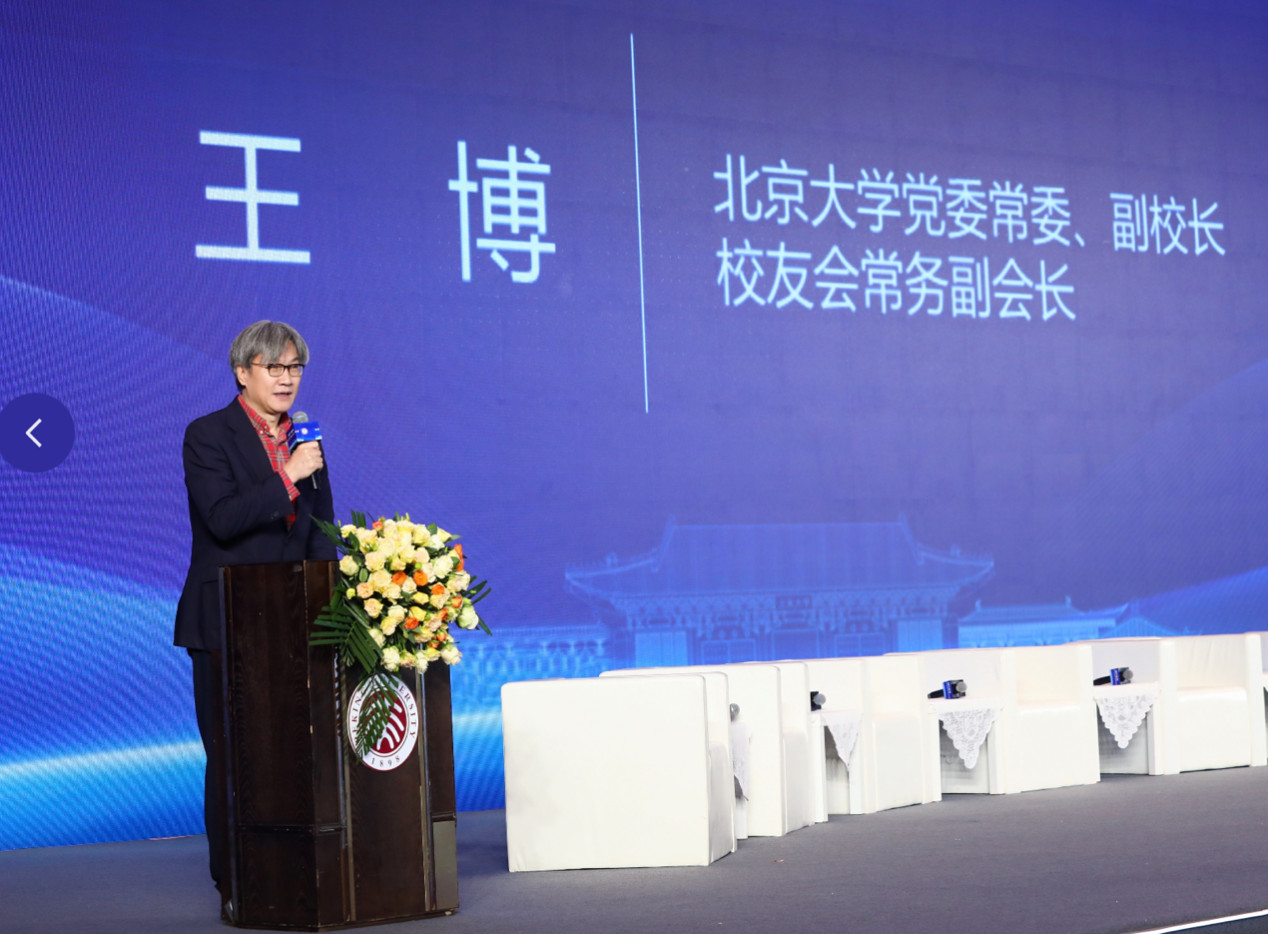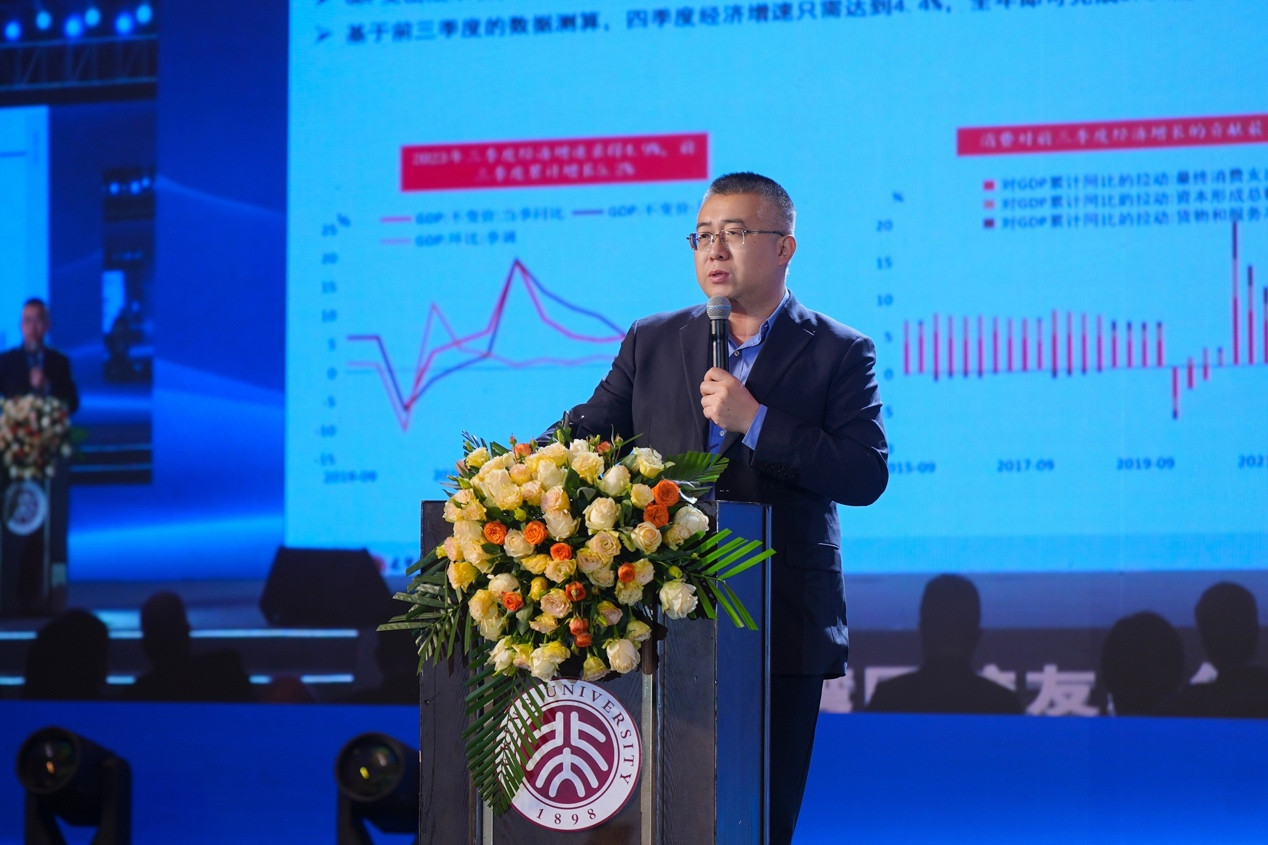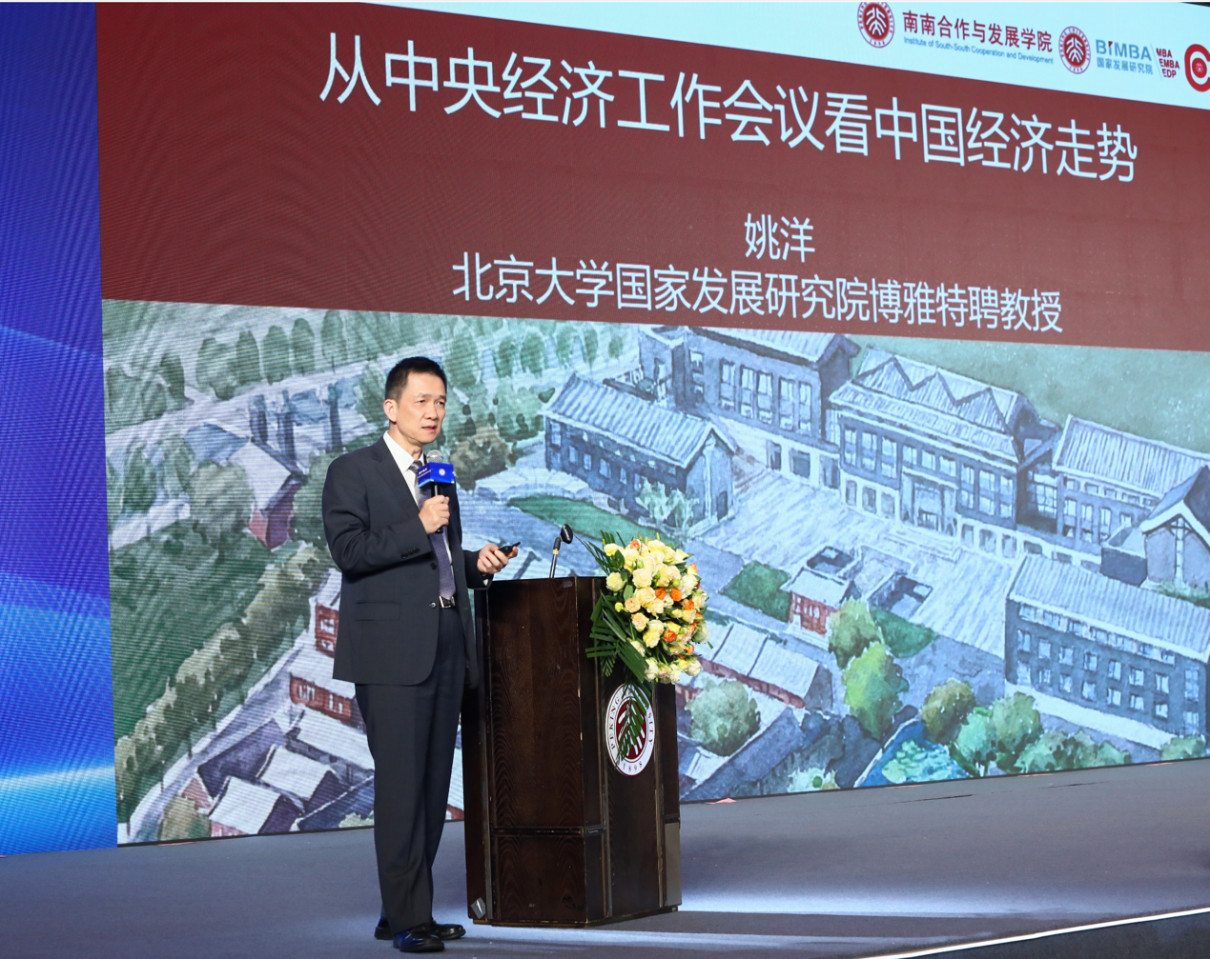CCTV News:According to the official news of the National Climate Center, in the autumn of 2023 (September to November), the national average temperature was 1.1℃ higher than normal, which was the warmest autumn since 1961. The precipitation is slightly more overall, but the spatial distribution is uneven. In autumn, there were nine regional rainstorm processes in China, among which the rainstorm process was particularly strong from September 3 to 13. Less typhoons are generated, more landings are made, and the impact is heavy; There are frequent cold air processes, of which two processes reached the cold wave level on November 6-7 and 23-25; Stage development of meteorological drought in the southeast of southwest China; The autumn rain in West China lasts for a long time and there is more precipitation. Northeast China and eastern Inner Mongolia have frequent rain and snow and thick snow. From the end of October to the beginning of November, a large range of haze and foggy weather appeared in parts of central, eastern and southwestern China.
I. National Weather and Climate Characteristics in Autumn of 2023
The national average temperature is the highest in the same period in history.
In the autumn of 2023 (September to November), the national average temperature was 11.3℃, which was 1.1℃ higher than the normal period and the highest in the same period since 1961. The temperature is 0.5-2℃ higher in most parts of the country, with 2-4℃ higher in northern and eastern Xinjiang. The average temperatures in Guizhou, Liaoning, Sichuan, Tianjin, Xinjiang, Yunnan and Zhejiang are all the highest in the same period since 1961, and Gansu, Henan and Shandong are the second highest.
During the season, the daily maximum temperature of 66 national meteorological stations in Dunhuang, Gansu (37.4℃, September 4th) and Guazhou (36.8℃, September 5th) exceeded or equaled the local historical extreme value in autumn. Extreme daily cooling events occurred at 36 stations in Northeast China, Hebei, Inner Mongolia, Shandong, Shaanxi and other places, and the daily cooling range of Wudalianchi in Heilongjiang (17℃, November 3) exceeded the historical extreme.
The overall precipitation is slightly higher and the spatial distribution is uneven.
In autumn, the national average precipitation is 126.8 mm, which is 5.3% more than the normal period (121.4 mm). The spatial distribution of precipitation is uneven. The precipitation in most parts of North China, the south of southwest China and western Sichuan, central and western Inner Mongolia, western and southeastern Xinjiang, western and southern Tibet is less than 20% to 80%, and the local precipitation is less than 80%. Central and northern central China and southeastern Shaanxi, northeastern Chongqing, most of Guangdong, southeastern Guangxi, eastern Qinghai and northern Xinjiang are 50% to 2 times more. The precipitation in Guangdong is the highest in the same period in history, and Qinghai is the second highest in history.
During the season, the daily precipitation of 56 national weather stations in China exceeded the local historical extreme in autumn, and the daily precipitation of 10 stations, including Fuzhou, Fujian (395.9 mm, September 6th) and Panyu, Guangdong (361.9 mm, September 8th), exceeded the historical record.
Second, the main weather and climate events in autumn
Nine regional rainstorm processes occurred.
In autumn, there were nine regional rainstorm processes in China, among which the rainstorm process from September 3 to 13 was particularly strong.
From September 3 to 13, affected by "Anemone" and its residual circulation, heavy rains occurred in Jiangnan and South China, with large accumulated rainfall and daily precipitation in many places breaking historical extremes. The cumulative rainfall in eastern Fujian, southern Guangdong, eastern and southern Guangxi, eastern Hainan and Taiwan Province is 100-300mm, including 300-500mm in northeastern Fujian, southwestern Guangdong and eastern Guangxi, over 500mm in six counties (cities, districts) such as Changle, Yangchun and Bobai, Fujian, Fuzhou, Fujian (395.9mm) and Panyu, Guangdong (361.9mm).
Typhoon generation is less, landing is more, and the impact is heavier.
In autumn, four typhoons were generated in the Pacific Northwest and the South China Sea, which was significantly less than the normal period (11 typhoons), and all four typhoons landed in China, which was more than the normal period (2 typhoons).
No.9 typhoon "Sura" landed on the southern coast of Zhuhai, Guangdong Province on September 2, with a small scale but strong intensity, and the super typhoon level lasted for a long time. Typhoon No.11 "Anemone" landed on the southeast coast of China three times from September 3 to 5. "Sura" and "Anemone" have successively affected South China, resulting in overlapping risks of rain and waterlogging. Many small and medium-sized rivers have experienced floods exceeding the police, and many places in Guangdong have experienced waterlogging, landslides, road interruptions and other dangers. Typhoon No.14 "Little Dog" landed at Eguanbi, Pingtung County, Taiwan Province on October 5, which was the third strongest typhoon landing in October since 1949, with a long impact time and a large accumulated rainfall. From October 5 to 11, the cumulative precipitation in six counties (cities, districts) in Guangdong Province was the third highest in the same period since 1961. Typhoon No.16 "Sanba" landed in Hainan and Guangdong three times from October 19 to 20, and the precipitation in eight national weather stations in Guangxi and Guangdong Province exceeded the extreme value in October.
There are 10 cold air processes affecting China, and the number of processes in November is obviously higher.
In autumn, a total of 10 cold air processes affected China, and the number was close to the same period of the year. 6 times occurred in November, 1.7 times more than normal. Among them, two processes from November 6 to 7 and from November 23 to 25 reached the cold wave level.
From November 3 to 7, cold air and cold wave processes successively affected China. Except for the eastern part of southwest China, southern China and southern Jiangnan, the temperature in most parts of the country dropped by 8-16℃, and the temperature in eastern North China and central Shandong, central and northeastern Inner Mongolia, northwestern Heilongjiang and central and southern Liaoning dropped by more than 16℃. The process of cold air and cold wave causes a wide range of gale cooling and rain and snow weather, which has a great impact on agriculture and animal husbandry production, transportation, energy supply, urban operation, human health and residents’ life.
Stage development of meteorological drought in southeast of southwest China
In autumn, due to the influence of high temperature and less precipitation, meteorological drought in Yunnan, Guizhou, Sichuan and Chongqing developed in stages and eased in the middle and late October. Since November, the meteorological drought in the southeast of southwest China has developed again. Up to now, there are moderate to severe meteorological droughts in eastern Yunnan, western and southern Guizhou.
The autumn rain in West China started early and ended late, with a long duration and more precipitation.
In 2023, the autumn rain in West China began on August 23rd, 10 days earlier than normal, and ended on November 16th, 13 days later than normal. The autumn rain period is 85 days, which is 24 days longer than normal. From August 23rd to November 16th, the average rainfall in West China was 287mm, 44.6% more than normal. The rainy weather from September to early October is not conducive to autumn harvest, stubble preparation and rape sowing and seedling raising in some parts of West China, but precipitation is beneficial to farmland moisture increase and agricultural water storage.
Northeast China and eastern Inner Mongolia have frequent rain and snow, with deep snow.
In November, there was frequent rain and snow in Northeast China and eastern Inner Mongolia, and the number of snowfall days was generally more than normal, with 5 to 10 days more in eastern Heilongjiang, central and southern Jilin, northwestern Liaoning and parts of northeastern Inner Mongolia. The cumulative precipitation in Heilongjiang and Jilin are the highest in the same period since 1961, and Liaoning is the second highest. The number of days above heavy snow in Heilongjiang and Jilin is the highest in the same period since 1961. The maximum snow depth in most parts of Heilongjiang, western Jilin and northwestern Liaoning is 5 to 20 cm, including 20 to 40 cm in eastern Heilongjiang and over 40 cm locally. Deep snow and ice accumulation have a great impact on transportation and energy security.
Three strong convective weather processes affected China, and Jiangsu was hit by a strong tornado.
In autumn, there were three severe convective weather processes in China, which were on September 17-18, September 19-20 and November 5-6. A total of 159 counties in 19 provinces have been affected by wind and hail disasters. On September 19th, Suqian City and Yancheng City, Jiangsu Province were hit by tornadoes of magnitude EF2 and EF3, respectively, which were seriously affected.
From the end of October to the beginning of November, a large range of haze and foggy weather appeared in parts of the east and southwest.
From October 28th to November 2nd, haze appeared in Beijing, Tianjin, Hebei, eastern Henan, western Shandong, eastern Hubei, northern Anhui, southern Heilongjiang, central Jilin and other places, and severe haze appeared in parts of Beijing, Tianjin and Hebei. Fog weather occurred in southeastern Liaoning, central Jiangsu, southern Anhui, central and northern Hunan, central and western Sichuan Basin, western Chongqing, northwestern Guangxi, central and northern Guizhou, central and southern Jiangxi, and northwestern Fujian. Haze and foggy weather cause reduced visibility and air pollution, which affects traffic and human health.





